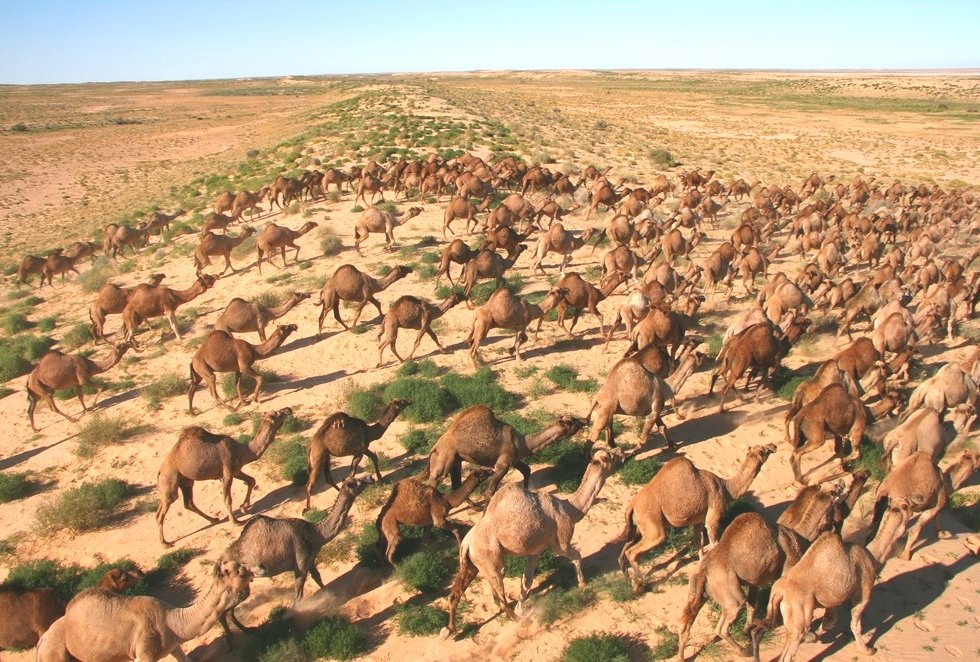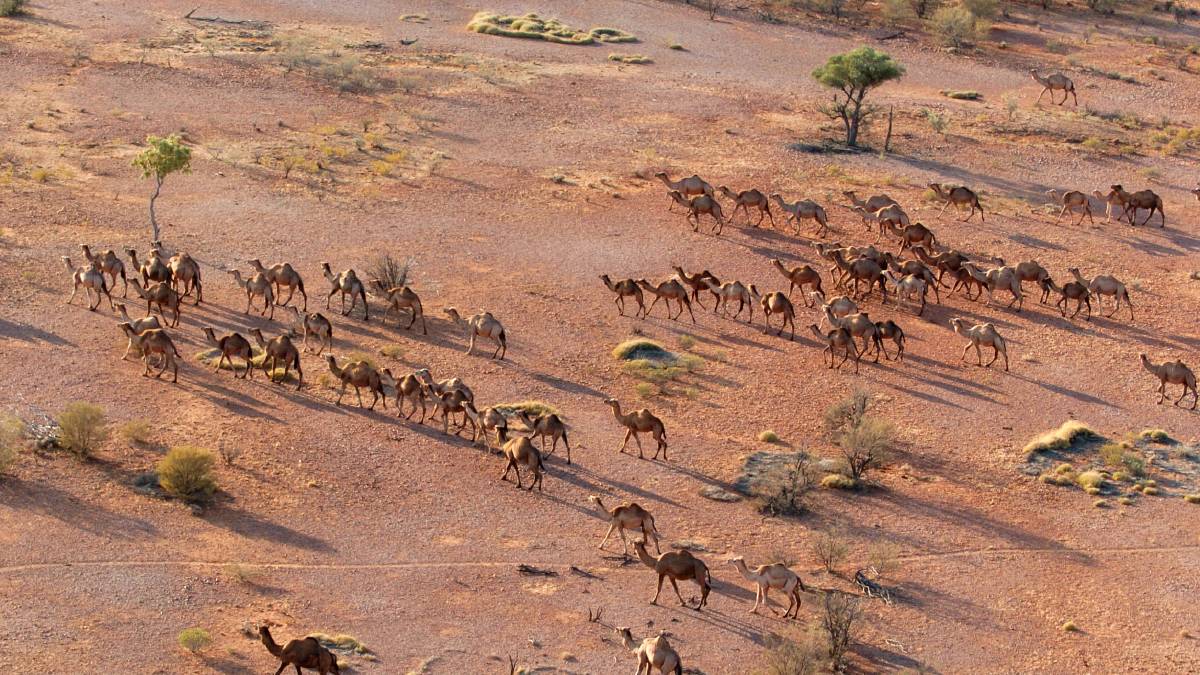
Like most conversations over the holiday season – world problems are debated and solved. Most people I spend time within caravan parks and camping grounds soon work out I’m a hunter due to the constant sizzle of game meat on the bbq.
The one thing that becomes apparent fast is that your general voting public has dumbed down and become extremely out of touch with what is happening within our shores.
The conversation on camels come up after this article was released and the stance of my city slicker friends was that all camels should be relocated to farms or circuses. Culling should never be an option.
I questioned this logic and asked what would be a reasonable way to control the exploding numbers? And the reply stunned me. Relocation to circuses and farms was the answer. I choked on my beer, laughed and shuddered at the idea of just how unrealistic the green mentality is in the majority of major city voters.
10,000 camels in South Australia will beculled from helicopters as a result of extreme heat and drought throughout the region.
A five-day cull started on Wednesday, as Aboriginal communities in the region have reported large groups of camels

damaging towns and buildings.
The cull will take place ‘in accordance with highest standards of animal welfare’. They will be killed away from the community and the carcasses burnt in a couple of weeks when they are dried off.
Mr King said the sooner the animals could be burnt, the better.
“Just to finalise it all, bring them all into one spot, burn and return the ash into the soil,” he said.
The DEW spokesperson said the department was supporting the aerial control operation, stating the animals “will be destroyed in accordance with the highest standards of animal welfare”.
A North Queensland-based camel expert has criticised the culling of up to 10,000 feral camels in South Australia, saying it’s a waste of a potentially valuable industry.
The aerial cull, which began on Wednesday, will see up to 10,000 camels killed in the Anangu Pitjantjatjara Yankunytjatjara lands in the remote north west of the state.
Townsville’s Paddy McHugh said culls such as these are an expensive way of managing the booming camel populations in inland Australia and that taking a proactive approach would be better in the long run.
“In simple terms, it’s beyond stupidity,” he said.
“We’re the laughing stock of the Middle East for what we’re doing… they really value camels and we’re just shooting them.
“Yes, Australia does have a real camel problem, but this doesn’t fix it… they just breed up again and then they do another cull and waste more money.”
According to SA’s Department of Environment and Water, the APY excutive executive requested assistance from Ten Deserts and the Alinytjara Wilurara Natural Resources Management Board to support the latest culls.
“For many years traditional owners in the west of the APY Lands have mustered feral camels for sale, but this has been unable to manage the scale and number of camels that congregate in dry conditions,” a department spokesperson said.
“An estimated 10,000 camels are flocking to available water sources, including tanks, taps and any available water in communities.
“This has resulted in significant damage to infrastructure, danger to families and communities, increased grazing pressure across the APY Lands and critical animal welfare issues as some camels die of thirst or trample each other to access water.
“In some cases dead animals have contaminated important water sources and cultural sites.”

0 Comments